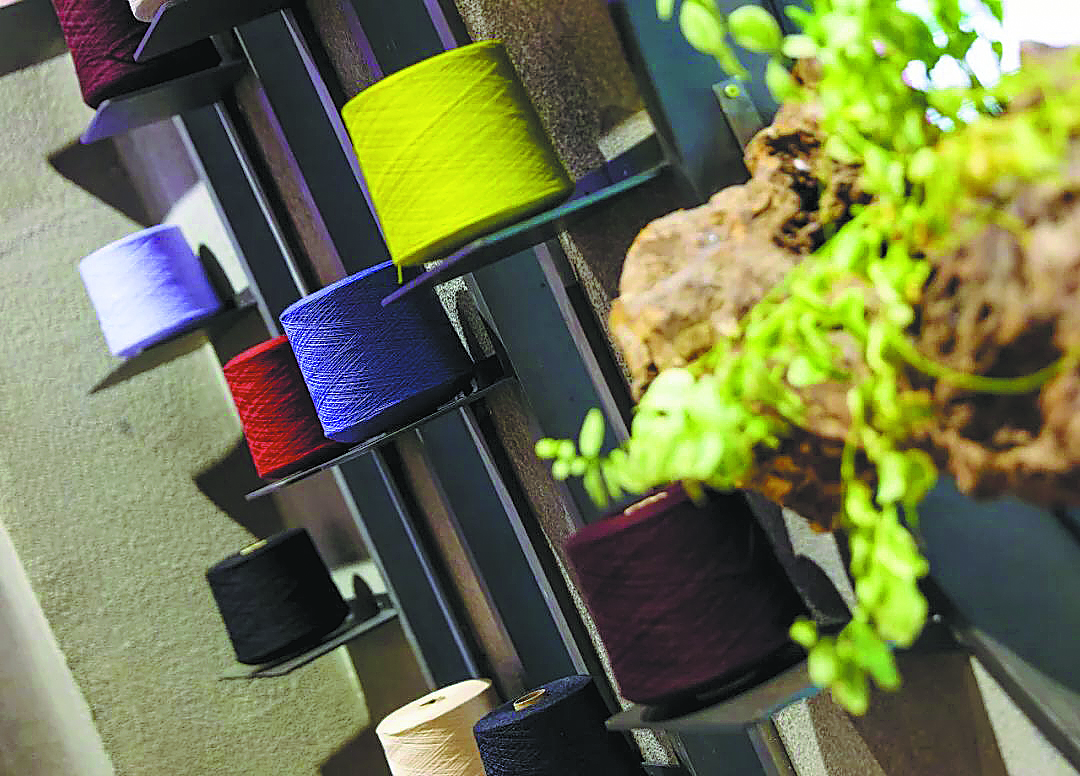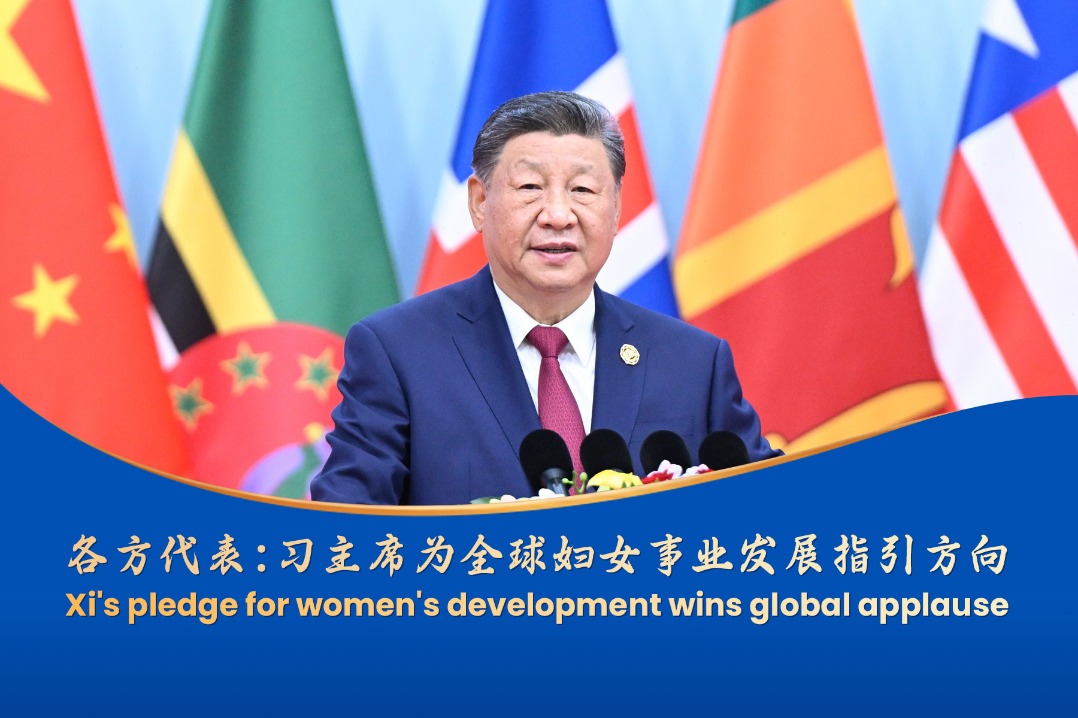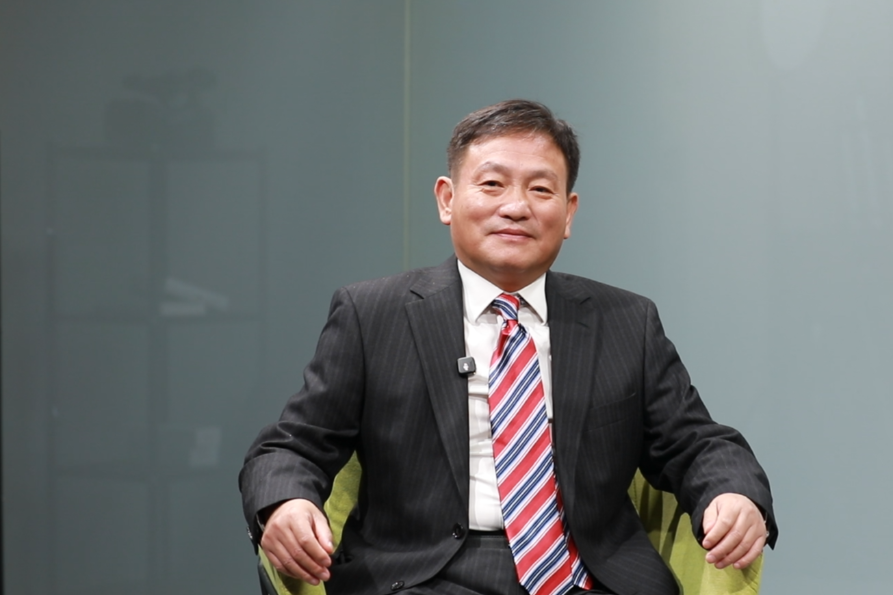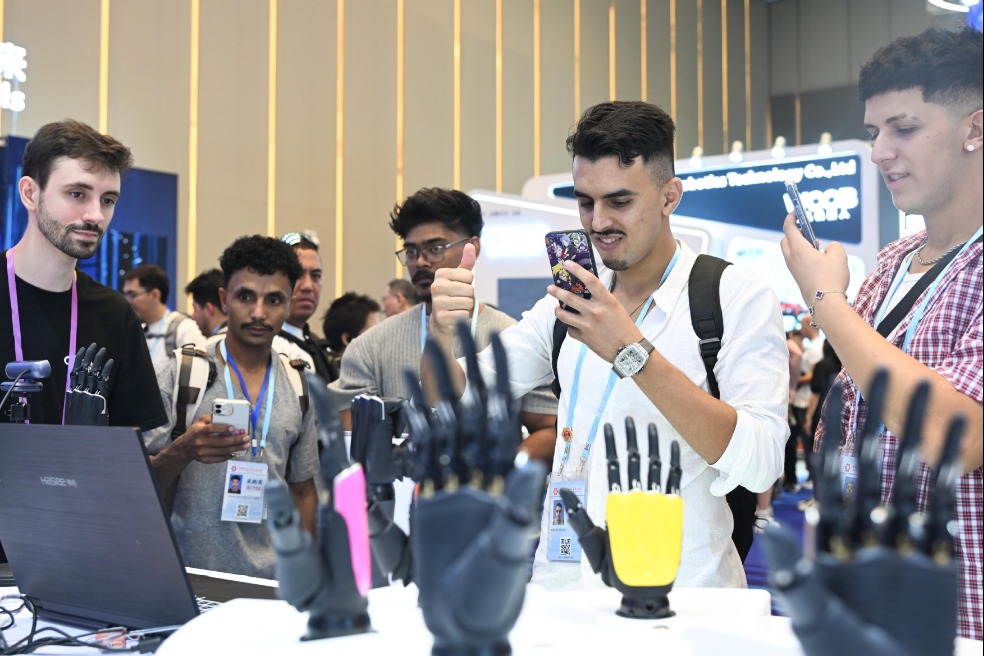Lace hub's global dominance unthreads tangled US tariff policy
Zhejiang-made dress puts manufacturing base in spotlight


In August 2024, Pingyang county launched a plan to integrate and upgrade the lace industry, offering policy support for consolidation and development. This includes priority resource allocation, project subsidies, and rent discounts.
For example, companies with annual output of 20 million to 100 million yuan receive a 0.9 percent sales rebate; those with 100 million to 500 million yuan get 0.95 percent; and firms over 500 million yuan receive 1 percent. Equipment upgrades are also subsidized by up to 5 million yuan.
Previously, household lace workshops were not taxed due to low profits, said Chen Jing, the president of the local lace association, and larger companies provided materials for villagers to process at home.
Now, government-funded incubators with factory spaces and equipment let villagers work on-site and earn monthly salaries ranging between 6,000 and 10,000 yuan.
"Before, villagers had to buy their own equipment and worry about power and safety at home," Chen Jing said. "Now they just come in to work. The new machines are enclosed, and workers wear aprons and hats. Regular patrols ensure safety."
About 21 companies have transitioned from individual operations to join the incubator project over the past three to four years. The project, funded by Mabu's government, offers a "lease-then-own" model that is rent-free for three years if performance targets are met. After this initial period companies can purchase space at assessed market value.
Since 2024, Mabu has focused on upgrading its traditional industries, attracting quality projects, and pursuing clustered, digital, green, and high-quality development.
























